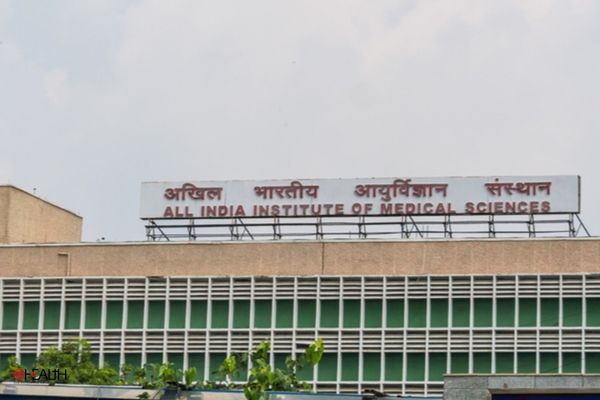The global cataract surgery sector is immense, with more than 15 million procedure performed annually & this number will increase significantly in coming future. Cataract surgery with intraocular lens(IOL) implantation is the most common ophthalmic surgical procedure worldwide, & phacoemulsification is the predominant form of cataract surgery, accounting for the operations. Al though a number of developments have occurred in IOL technology, the basic phacoemulsification procedure has remained largely unchanged over the past 20 years.
A revolutionised new treatment for cataracts has just been unveiled by Dr Om Parkash Eye Institute (P) Ltd, Amritsar which promises to provide patients with the most advanced all-laser cataract procedure—the first of its kind in North India & only 3rd in Asia.
Dubbed the LenSx femtosecond laser surgery, this new equipment brings an unprecedented level of safety, speed and precision in treating cataracts, and enhances the host of options for surgical-based methods that Dr. Om Parkash Eye Institute offers its patients.
Informs Dr Rohit Om Parkash, noted ophthalmologist, from a surgical perspective, advances in cataract treatment have improved the way ophthalmologists deal with this condition in the past two decades. We have seen how the merger of technology and surgical ingenuity contributed to making cataract surgery the modern-day miracle that it is today. Currently, it can remove the cataract through a very small (2-3mm) incision in the eyeball using fine surgical blades and implant a multifocal intraocular lens (IOL) that restores full functional vision in patients after surgery. This is called Phacoemulsification, presently the standard in cataract practice worldwide. Unfortunately, this procedure has often been mistakenly referred to as laser eye surgery”which it is NOT. It is more appropriate to call this procedure small-incision cataract surgery, sutureless cataract surgery, or no-stitch cataract surgery for the layman.

True laser-assisted blade free cataract surgery has never been available to patients until today”with the introduction of the LenSx femtosecond laser surgery since it differs from the traditional methods of cataract surgery by the absence of the blade. By using very short yet intense bursts of near-infrared light, the femtosecond laser technology is able to create extremely precise subsurface cuts without manual intervention. The blades used to create the small incisions in the eye have been completely replaced by this laser, making the incisions more precise and predictable. In addition, the circular opening that is created in the human lens in order to access the cataract (called a capsulotomy) which was traditionally performed by human hands has now been replaced by the femtosecond laser, making the capsulotomies more architecturally round and centered.
Studies have shown that this is very important in intraocular lens stability and refractive predictability of surgical outcomes as femtosecond laser incisions achieved perfect capsulotomy.
The actual cataract is also fragmented by the femtosecond laser making it much easier for the surgeon to remove and clean it up prior to placement of the IOL. In short, the femtosecond laser has replaced many of the steps in the cataract surgery that were previously performed by human hands, i.e., resulting in less surgical error and better predictability of outcomes. Results are more precise than any other previous or current methods of cataract surgery.

Be a part of Elets Collaborative Initiatives. Join Us for Upcoming Events and explore business opportunities. Like us on Facebook , connect with us on LinkedIn and follow us on Twitter , Instagram.












